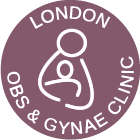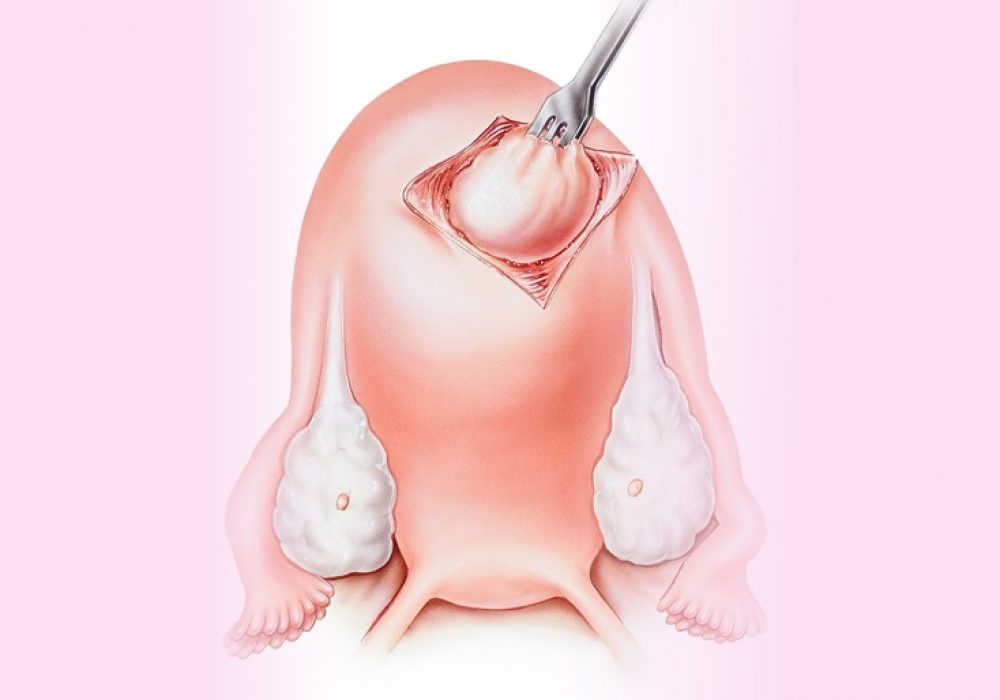A myomectomy can be performed in one of three ways. The method your surgeon chooses may depend on the number, size, and location of your myomas.
ABDOMINAL MYOMECTOMY
This type of surgery is conducted through a large incision in the abdominal wall. Your surgeon will have a clear view of your pelvic organs and will remove the tissue through the incision. It is the best choice of procedure for removing large fibroids, more than 2 fibroids, or fibroids that are deeply embedded in the uterine wall.
LAPAROSCOPY
A laparoscopy is performed through several small incisions in the abdomen. The surgeon inserts the thin, flexible laparoscope into an incision and views the organs through a special lens at the end of the instrument. A laparoscopy is typically used when there are only one or two fibroids to be removed, and only if they are less than 2 inches in diameter.
HYSTEROSCOPY
In this outpatient procedure, the doctor will insert a hysteroscope through the vagina and cervix in order to view the inside of the uterus. This surgery is typically only recommended for removing fibroids that have developed on the inner lining of the uterine cavity.

